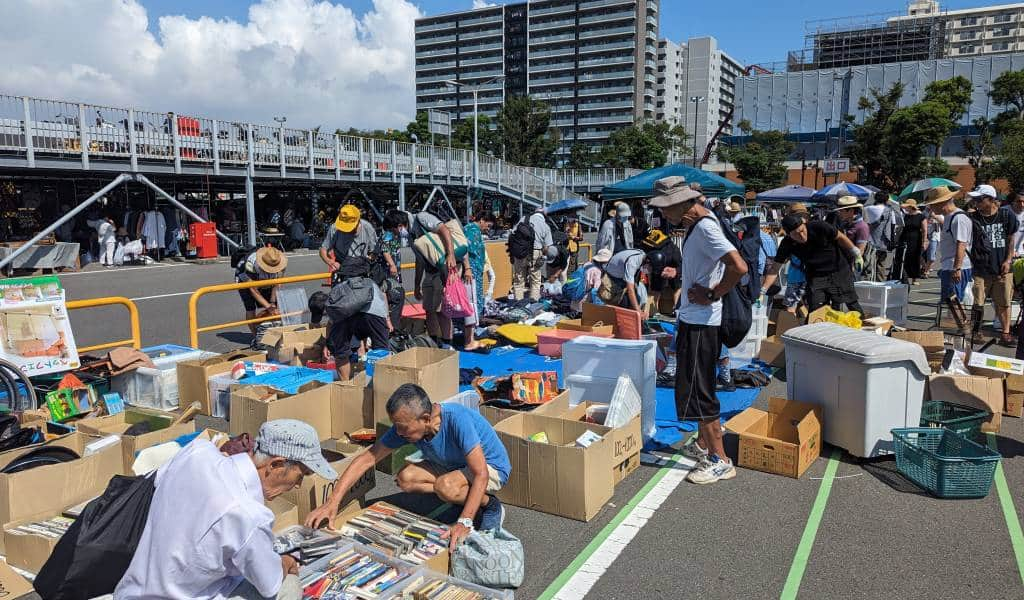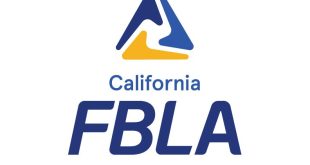Setting up a booth at a flea market can be an exciting way to start your small business, clear out some unwanted items, or test the waters with new products. However, before you dive in, it’s essential to consider the costs associated with setting up a flea market booth. Knowing how much to set up in a flea market can help you plan and ensure that your venture is both cost-effective and profitable. This blog post will guide you through the typical setup costs, factors that influence pricing, and tips to maximize your booth’s success.

Key Takeaways: How Much to Set up in a Flea Market?
- Setting up at a flea market can range from $100 to $600 or more depending on booth size, location, and additional expenses.
- Factors such as the market’s location, popularity, and rental duration all play a key role in determining booth costs.
- Additional costs, including booth materials, transportation, permits, marketing, and insurance, should be factored into your budget.
- To maximize profitability, start small, carefully plan your marketing efforts, and consider negotiating for discounts.
Understanding the Costs Involved:
The cost of setting up at a flea market varies depending on a few key factors, such as the location of the market, the size of the booth, and the specific fees set by the flea market organizers. On average, you can expect to pay anywhere from $20 to $200 for a booth at a flea market, though some high-traffic, upscale markets may charge even higher fees. Flea markets generally charge vendors on a daily, weekly, or monthly basis, and each market may have its own pricing structure.
Besides booth space rental, you’ll also need to factor in other essential costs such as transportation, booth setup materials, permits, and marketing. These additional expenses can add up quickly, but planning ahead and understanding the full scope of costs can help you avoid surprises.
Key Factors Influencing Flea Market Setup Costs:
Several factors influence how much it will cost to set up your booth at a flea market. These include:
- Location: The geographical location of the flea market plays a significant role in determining the booth fee. Flea markets in larger cities or high-demand areas tend to charge more for space due to higher foot traffic and demand.
- Booth Size: Flea markets often offer different booth sizes. Smaller booths may cost less, while larger spaces capable of displaying more products will be more expensive. Some markets offer both indoor and outdoor spaces, with outdoor spaces typically costing less.
- Market Popularity: The reputation and popularity of the flea market will also affect the pricing. Well-established markets with a large, loyal customer base tend to charge more for booth space. Newer or less-known markets may offer more affordable options as they try to attract vendors and customers.
- Duration of Rental: Many flea markets offer flexible rental options. You can rent a booth for a single day, a weekend, or regularly. The longer the rental period, the lower the daily cost may be. However, long-term commitments often come with upfront fees.
- Special Events or Seasons: Flea markets may hold special events or be more in demand during certain seasons, like the holiday season or summer months. During these times, booth fees may rise due to increased demand and foot traffic.
Additional Costs to Consider for Your Flea Market Setup:
While the booth rental is the main cost, there are several other expenses to consider when planning your flea market setup:
- Booth Materials: You’ll need tables, chairs, shelves, or display racks to showcase your products. Depending on what you sell, you may also need special equipment like a canopy or tent if the market is outdoors.
- Transportation: Depending on the distance between your home and the flea market, transportation costs can add up. Whether you’re driving your car or renting a truck to haul your items, it’s essential to plan ahead and calculate these costs.
- Permits and Licenses: Some flea markets may require vendors to obtain permits or licenses to operate legally. Fees for these permits vary by location and can range from a few dollars to hundreds of dollars.
- Marketing and Advertising: To attract customers, you’ll need some marketing materials such as business cards, flyers, or signage. Social media advertising can also be a great way to promote your booth in advance.
- Insurance: While not always required, it’s a good idea to have insurance for your flea market booth to protect against potential losses due to theft, damage, or accidents.
How Much to Set Up in a Flea Market: A Typical Breakdown of Costs:
Here’s a breakdown of the typical costs to consider when setting up a flea market booth:
- Booth Rental: $20 – $200 per day (may vary based on the location, market popularity, and booth size)
- Booth Materials: $50 – $200 (tables, display racks, chairs, etc.)
- Transportation: $20 – $100 (depending on the distance and size of items)
- Permits and Licenses: $0 – $200 (depending on the market and location)
- Marketing: $20 – $100 (flyers, signage, social media ads)
- Insurance: $0 – $50 (depending on the market and coverage)
The total cost can range from as low as $100 to upwards of $600 or more for a day’s setup, but keep in mind that these costs can be reduced if you’re working with a limited budget or if you’re sharing costs with other vendors.
Tips for Maximizing Profitability and Reducing Costs:
- Start Small: If you’re new to flea markets, consider renting a small booth at first. This allows you to test your products and gauge the market’s potential before committing to a larger setup.
- Bring Only What You Need: Be mindful of transportation costs by bringing only your most popular or high-demand products. This will also help reduce booth setup costs and keep things organized.
- Negotiate Booth Fees: Some flea markets may offer discounts for new vendors, long-term rentals, or during low-traffic periods. Don’t be afraid to ask if there are any special offers or discounts available.
- Plan for Marketing: Use social media to your advantage. Create an event page or post regularly to let potential customers know when you’ll be at the market. Word of mouth and local promotions can also boost traffic without adding significant costs.
- Build Relationships with Other Vendors: Flea markets often have a community atmosphere, so network with other vendors. You might learn cost-saving tips or even be able to share booth space during peak times.
How Much Can You Charge Customers?
Flea markets typically charge vendors between $3 and $10 per square foot each day. For instance, a 10×10 booth space could cost anywhere from $300 to $1000 per day, depending on the market’s location and popularity. In more exclusive flea markets, customers may be charged an admission fee of $5 or more, and parking fees can range around $10 for reserved spots.
Is the Flea Market Business Profitable?
Flea market operators have a good sense of their operational costs, which makes it easier to plan for a profitable business by adjusting vendor fees accordingly. Additionally, since flea markets don’t usually have long-term leases, operators can change locations if a market proves unprofitable or less successful than expected.
How Can You Make Your Business More Profitable?
One way to boost a flea market’s profitability is by adding attractions like rides and games, which can draw in more visitors and increase overall sales. Another profitable idea is hosting drive-in movie nights after the market closes, providing an additional source of revenue while keeping customers engaged.
What is the Growth Potential for a Flea Market?
While flea markets and swap meets continue to gain popularity, there is a limit to the number of vendors and shoppers within a specific geographic area. When multiple flea markets are located near each other, it can lead to reduced profitability for all the markets in the vicinity.
However, there is still potential for growth. Entrepreneurs can explore opportunities by setting up a flea market in an underserved location or by catering to a specific niche market. What works in one area may not necessarily work in another, so thorough research is essential before launching a new market. Even established flea markets, like the Brooklyn Flea, have had to adapt by introducing innovative concepts to stay successful.
Frequently Asked Questions (FAQs)
- How much do flea market booth fees typically cost?
Booth fees range from $20 to $200 or more per day depending on the location and size of the market. - Are there any hidden costs when setting up a flea market booth?
In addition to booth fees, you may incur costs for transportation, booth materials, permits, and marketing. - Can I negotiate flea market booth fees?
Yes, many flea markets offer discounts for long-term rentals, off-peak times, or new vendors. It’s worth inquiring. - Do I need a permit to sell at a flea market?
Some flea markets require permits, while others do not. Check with the specific market to determine if you need one. - How can I attract customers to my flea market booth?
Use social media to advertise your presence, hand out flyers, and engage with other vendors to build visibility.
Setting up a booth at a flea market is an exciting and affordable way to test new products or start a small business. By understanding the costs involved and planning accordingly, you can ensure that your venture is successful and profitable.
Read More:
What are Ford’s Outbound Marketing Approach Components
Top Free Personal Finance Software Unlocking Your Financial Potential
How to Finance an ATM Business in 2025: A Step-by-Step Guide



